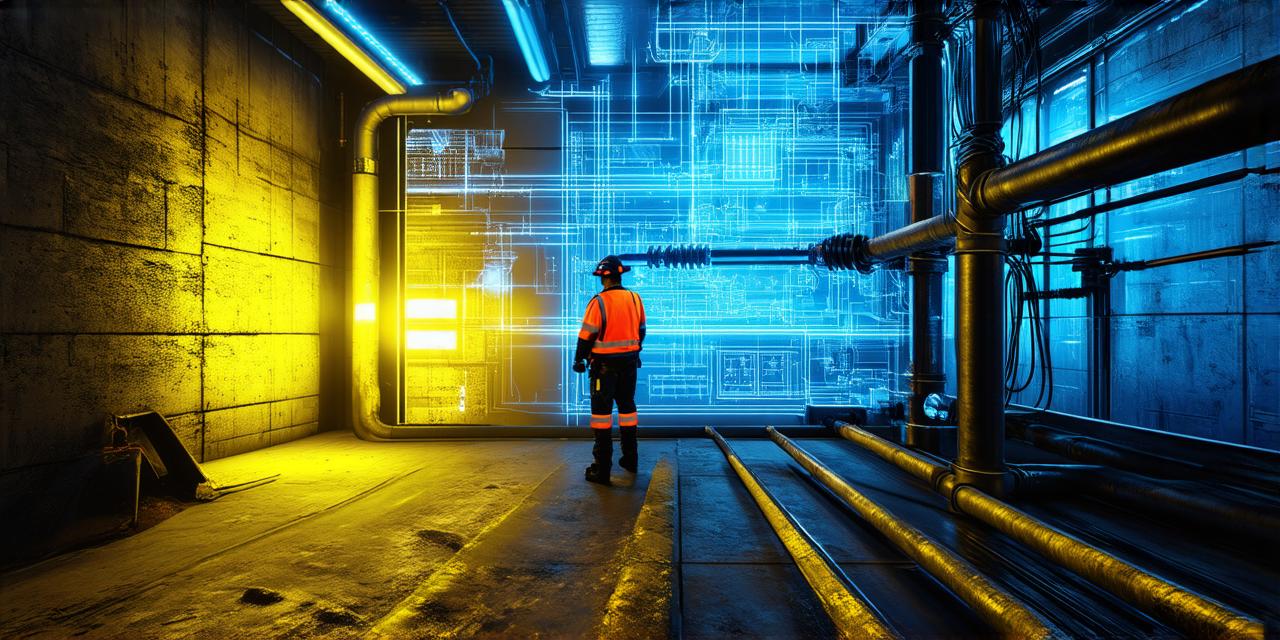As the world becomes more digitally connected, virtual reality (VR) is becoming an increasingly popular tool in many industries.
In particular, virtual reality has the potential to revolutionize the construction industry by enabling architects, builders, and contractors to design, visualize, and even experience buildings before they are constructed.
In this article, we will explore how virtual reality can be used in the construction industry, including examples of companies that are already utilizing VR technology in their projects, as well as research on the benefits of using VR in construction. We will also discuss some of the challenges associated with implementing VR technology in the construction industry and look at how these challenges might be addressed.
How Virtual Reality Can Be Used in Construction
Virtual reality can be used to design and visualize buildings in a way that is not possible with traditional 2D blueprints or 3D models. With VR, architects and designers can create immersive virtual environments where they can walk through their designs and see how they will look and feel in real life.
Design and Visualization
One example of a company that uses VR for building design is Autodesk, which has developed a software platform called “Virtual Building” that enables architects to create and experience virtual models of their buildings. Another example is Oculus, which has partnered with architecture firm Foster + Partners to create a VR tool that allows designers to visualize and manipulate building designs in a more intuitive way.
Collaboration and Communication
Virtual reality can also be used to facilitate collaboration and communication among construction teams. By using VR, team members can work together in virtual environments, where they can see each other and communicate in real time. This allows for faster and more efficient decision-making, as well as for better coordination of tasks and resources.
Construction Simulation and Training
Virtual reality can also be used for construction simulation and training. By creating virtual simulations of construction sites, contractors can train their workers on how to perform specific tasks safely and efficiently. This allows them to reduce the risk of accidents and improve the quality of work on site.
Benefits of Using Virtual Reality in Construction
Increased Accuracy and Efficiency
Virtual reality can increase the accuracy and efficiency of building design and construction by allowing architects, builders, and contractors to visualize and test their designs before they are built. This allows them to identify potential problems early on, which can save time and money in the long run.
Improved Communication and Collaboration
Virtual reality can also improve communication and collaboration among construction teams by allowing team members to work together in virtual environments and see each other in real time. This can lead to faster and more efficient decision-making, as well as better coordination of tasks and resources.
